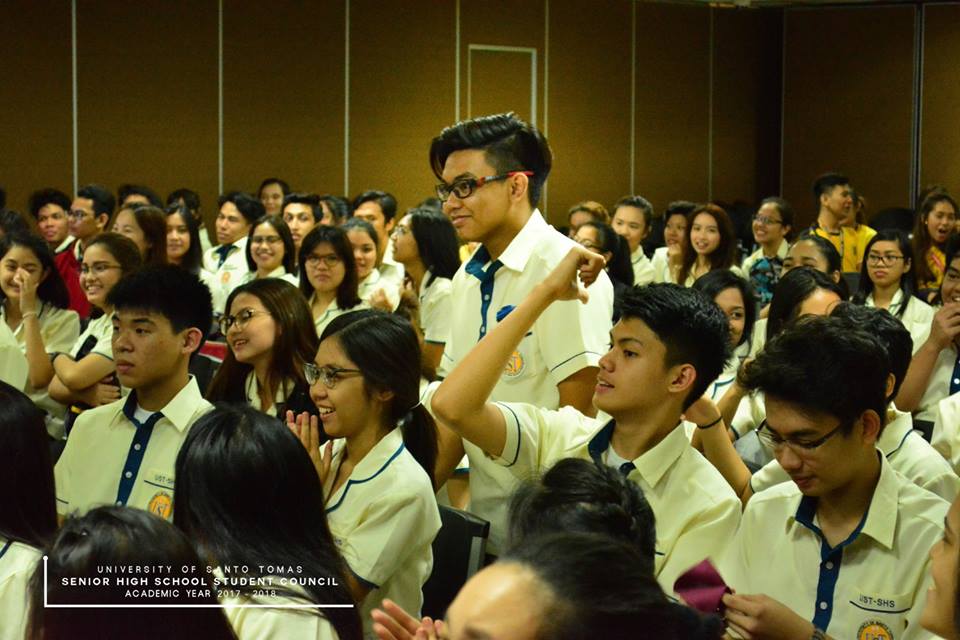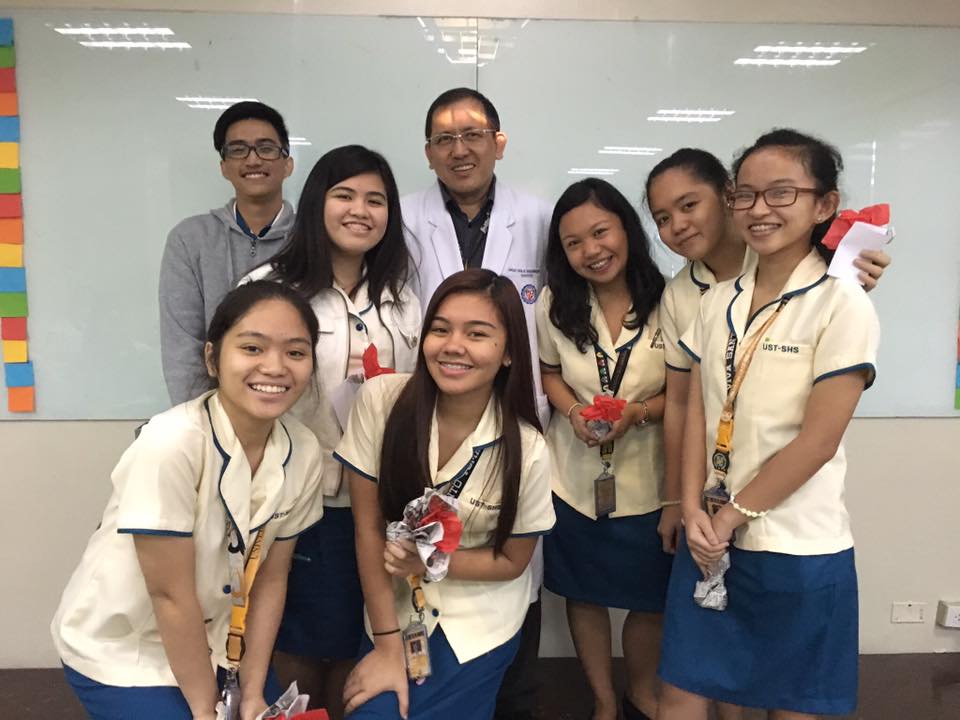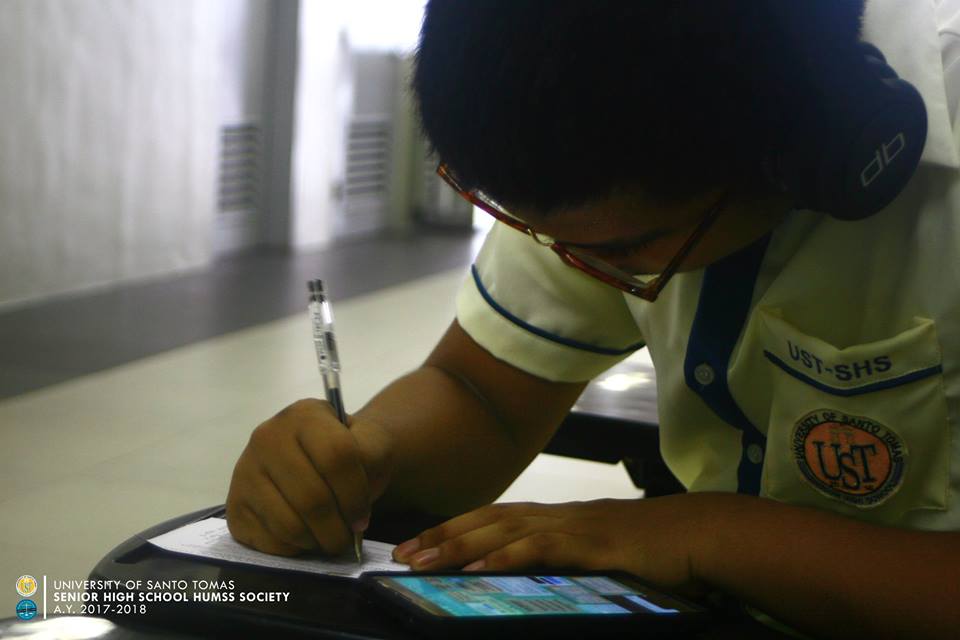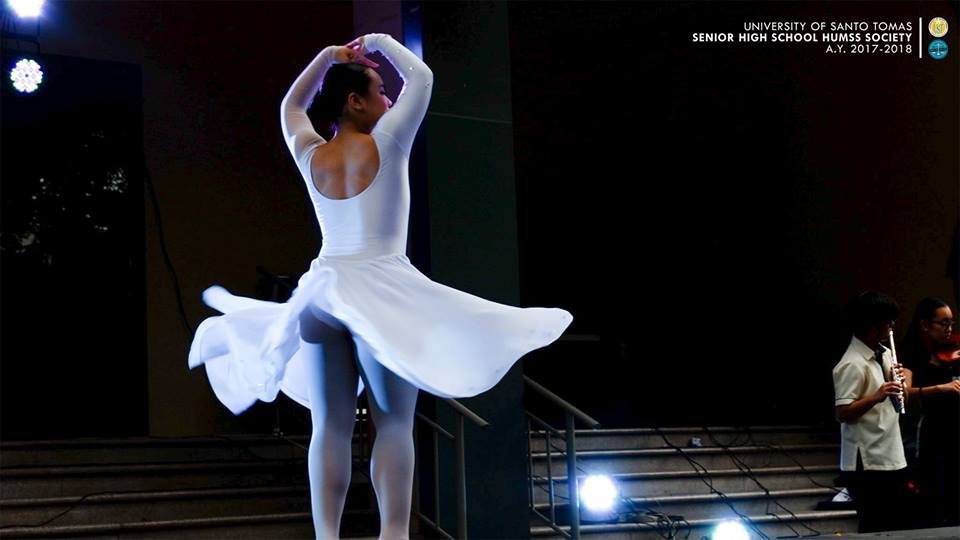The Science, Technology, Engineering, and Mathematics Strand offers the needed academic grounding for those who intend to pursue tertiary programs that are geared toward the physical sciences, mathematics, engineering and technology. It has an immersion subject that provides a venue for the application of the knowledge gained in both the contextualized and specialized subjects.

- Recovery process and science and technology: An overview
ABSTRACT: Due to the recent big disasters, the recovery and its process have been emphasized. Science and technology can contribute to making the recovery process more effective. - Defence investment and the transformation national science and technology: A perspective on the exploitation of high technology
ABSTRACT: Whether and how defence investment in the industrialised economies contributes to high technology transfer by moderating national science and technology into high economic products is the exploratory question posed in this paper as part of a comparative analysis of OECD economies. - Assessment of science and technologies: Advising for and with responsibility
ABSTRACT: Responsible governance of science and technologies, in particular through the concept of Responsible Research and Innovation (RRI), is becoming increasingly important among policy makers and researchers alike.
The Accountancy and Business Management Strand provides adequate pre-university training for those who are inclined to pursue careers in entrepreneurship, banking, accountancy, finance and management in the corporate setting and in the tourism and hotel and restaurant industries. Like the other strands it is also composed of core, applied and specialized subjects. An important component of this strand is an off-campus practicum in relevant institutions.

- Innovative Business Models and Crisis Management
ABSTRACT: Nowadays the worldwide and regional increasing competition, increasing demands from customers asking for more sophisticated products and the rapid changing of the environment where the businesses operate, has created the need for innovative business models. - The marketization of accountancy
ABSTRACT: The 1980s were marked by the introduction of marketing expertise into the accounting field as an influential area of knowledge. Previously disregarded and even formally forbidden by the profession, marketing initiatives became essential for the advancement of an increasingly profit-centered practice. - Embedding responsible management education – Staff, student and institutional perspectives
ABSTRACT: There is a resurgence in responsible management education, with business schools' considering its adoption as vital for business courses. Nevertheless, initiating institution-wide changes for responsible management education.
Learners who dream of embarking on a profession that addresses concerns on health and wellness should take the Health Allied Strand. This strand equips learners with core competencies as well as specialized skills in the life sciences, thereby providing adequate preparation for their eventual admission in such tertiary programs as Biochemistry, Medical Technology, Nursing, Nutrition and Dietetics, Pharmacy, Physical and Occupational Therapy, and Speech Pathology. The strand also has an in-campus and off-campus practicum aimed at the practical application of the knowledge and skills gained in the core, applied and specialized subjects.

- Allied Health Professionals and Work-Related Musculoskeletal Disorders: A Systematic Review
ABSTRACT: Work-related musculoskeletal injuries and disorders (WMSD) are a significant issue in the healthcare sector. Allied Health professionals (AHP) in this sector are exposed to physical and psychosocial factors associated with increased risk of developing a WMSD. - Ethical experiential learning in medical, nursing and allied health education: A narrative review
ABSTRACT: Students enrolled in medical, nursing and health science programs often participate in experiential learning in their practical classes. Experiential learning includes peer physical examination and peer-assisted learning where students practise clinical skills on each other. - Allied health care interventions and complementary therapies in Parkinson's disease
ABSTRACT: Allied health care and complementary therapies are used by many patients with Parkinson's disease (PD). For allied health care, supportive scientific evidence is gradually beginning to emerge, and interventions are increasingly integrated in the treatment programs for PD patients.
The Humanities and Social Sciences Strand is designed to equip the learners with the knowledge and skills required for those who wish to pursue academic degrees in the Liberal Arts (Philosophy, Literature, Communication Arts, Journalism), Education and Social Science (Sociology, History, Behavioral Science, Psychology and Asian Studies). It has three main components, a core curriculum that includes subjects common to all the strands, a set of applied subjects, the contents of which are the same in all strands but are aimed at developing a different set of competencies and specialized subjects. These specialized subjects differ in both content and competencies from the core and applied subjects.

- Use of Social Networking Tools for Informal Scholarly Communication in Humanities and Social Sciences Disciplines
ABSTRACT: Social networking tools, reinforced by proliferation and advances in portable computing and wireless technologies, have reshaped how information is produced, communicated, and consumed. - Bibliometrics in the Humanities and Social Sciences: Special Forms and Methods
ABSTRACT: In the humanities and social sciences, the application of bibliometric indicators and the use of quantitative methods is not yet as widespread as in the science, technology, medicine (STM) sector. - Interdisciplinary promises versus practices in medicine: The decoupled experiences of social sciences and humanities scholars
ABSTRACT: This paper explores social scientists' and humanities (SSH) scholars' integration within the academic medical research environment. Three questions guided our investigation: Do SSH scholars adapt to the medical research environment?
The Music and Arts Strand prepares the learners for a tertiary education geared towards the performing arts, media and visual arts and industrial arts. It includes specialization subjects that provide the learners the needed competencies in music, theater, and creative arts. Students who wish to pursue a career in Interior Design, Industrial Design, Advertising Arts, Painting and Music should enroll in this strand. A final requisite of the strand is the mounting of Exhibit for Arts Production or Performing Arts Production.

- Correlation Between Shyness and Self-esteem of Arts and Design Students
ABSTRACT: In this study, whether or not a significant correlation exists between self-esteem and shyness in young university students was investigated. This research was performed according to general survey model. - The power of the arts in business
ABSTRACT: This paper aims to define the position of the role of the arts for management in today's business landscape. Therefore, it addresses why the arts are relevant in the new business age and how they can drive the management innovation. - The inspirational power of arts on creativity
ABSTRACT: We propose that openness to aesthetics and the experience of art enhances individuals' creativity by imbuing them with a sense of inspiration. Although previous literature has claimed that aesthetic experiences increase creativity.
Learners intent on pursuing a career in sports and wellness should take the Physical Education and Sports Strand. This strand provides adequate pre-university preparation for those who like to specialize in Physical Education and Sports Science at the tertiary level. The curriculum includes specialized subjects in safety and first aid, coaching and officiating, fitness and sports recreation leadership, human movement and an in-campus and off campus practicum.

- Can sports mitigate the effects of depression and aggression on peer rejection?
ABSTRACT: This study examined whether sports participation moderates the longitudinal link of depressive and aggressive symptoms with increased peer rejection. The sample consisted of 291 adolescents (50.5% girls), assessed at ages 12 and 13 years. - Sports Medicine and Adaptive Sports
ABSTRACT: This chapter is an overview of the key concepts of sports medicine for physiatrists. The chapter covers topics such as the role of a team physician, athletic conditioning, training principles, injury prevention, functional rehabilitation, biomechanics. - Children’s sports participation and self-regulation: Bi-directional longitudinal associations
ABSTRACT: Early self-regulation is essential to positive life outcomes and sports are speculated to generate self-regulatory improvements. Preliminary research supports this assertion, showing some sports might yield short-term self-regulatory improvements and elite athletes tend to excel in cognitive functions underlying self-regulation. .